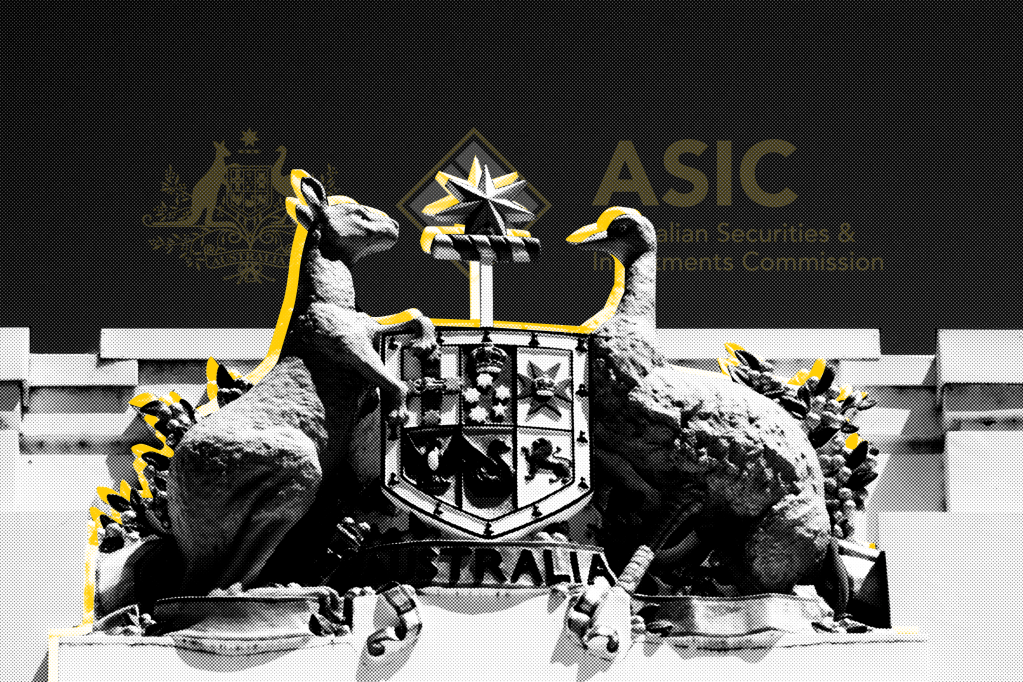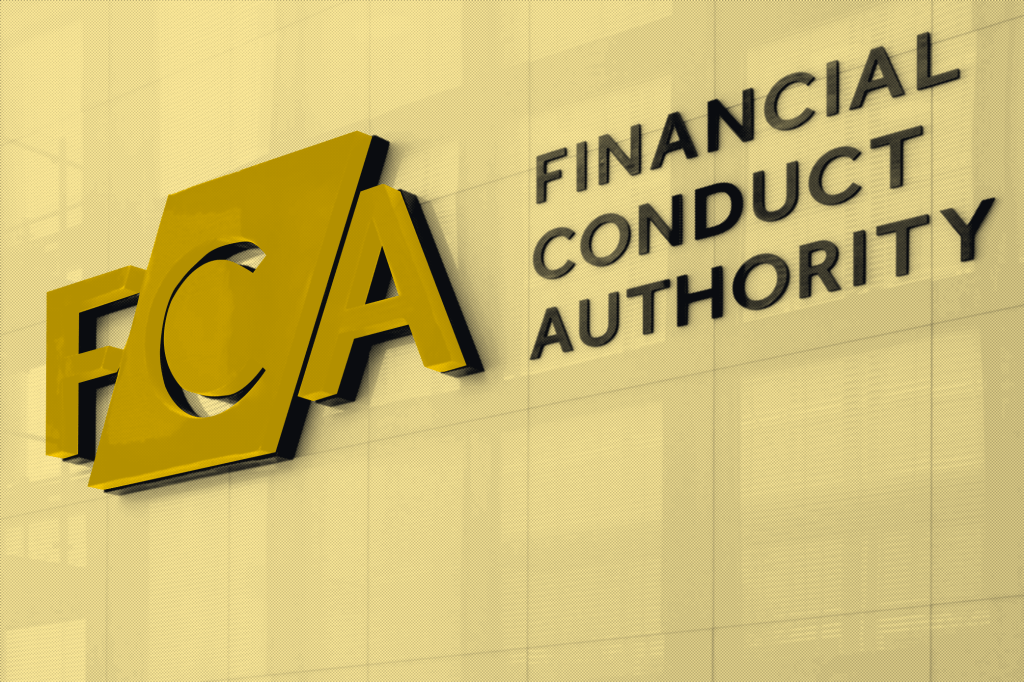Financial regulation in the US significantly depends on a three-dimensional approach to regulatory compliance, CFTC Commissioner Kristin Johnson has said. She was speaking at the RegHub Summit in London, in a talk entitled “The Future of Finance: Enabling AI Tools to Enhance Compliance and Surveillance.”
Three dimensions of policing
First,
Register for free to keep reading.
To continue reading this article and unlock full access to GRIP, register now. You’ll enjoy free access to all content until our subscription service launches in early 2026.
- Unlimited access to industry insights
- Stay on top of key rules and regulatory changes with our Rules Navigator
- Ad-free experience with no distractions
- Regular podcasts from trusted external experts
- Fresh compliance and regulatory content every day

















